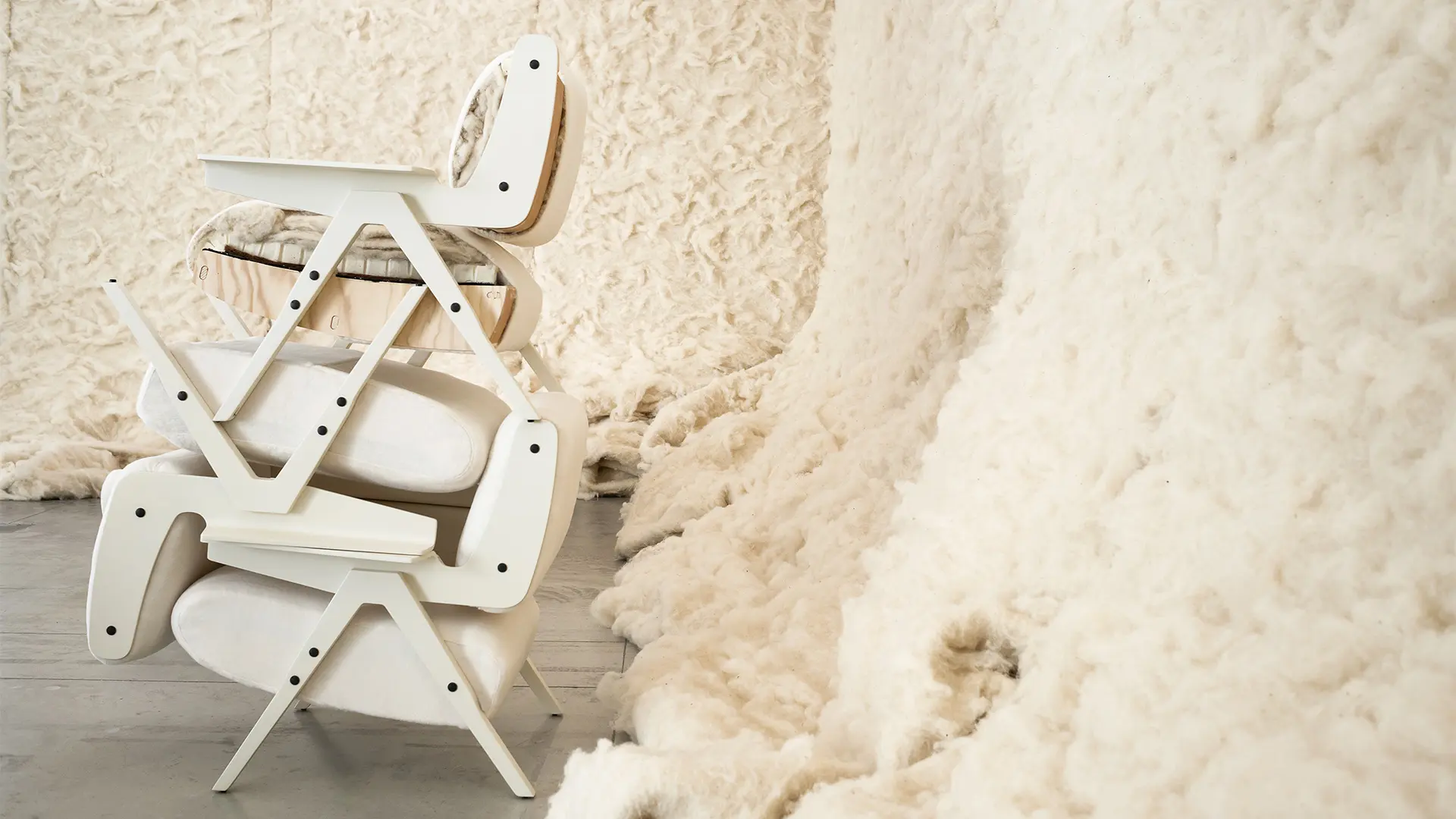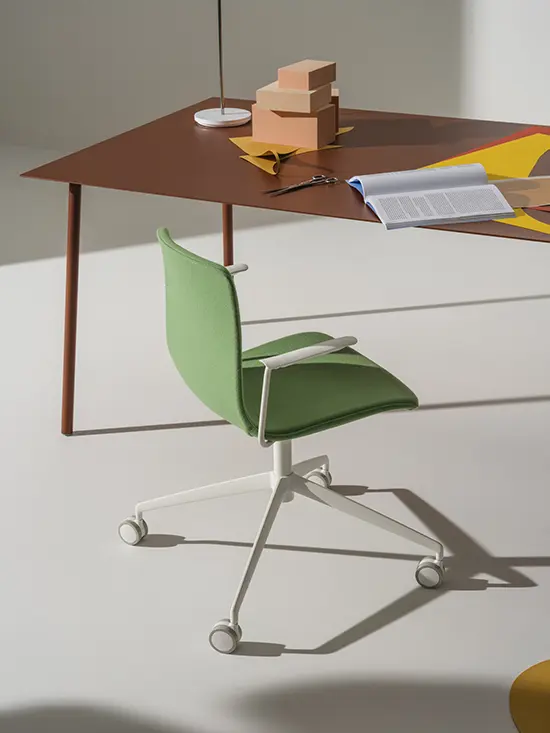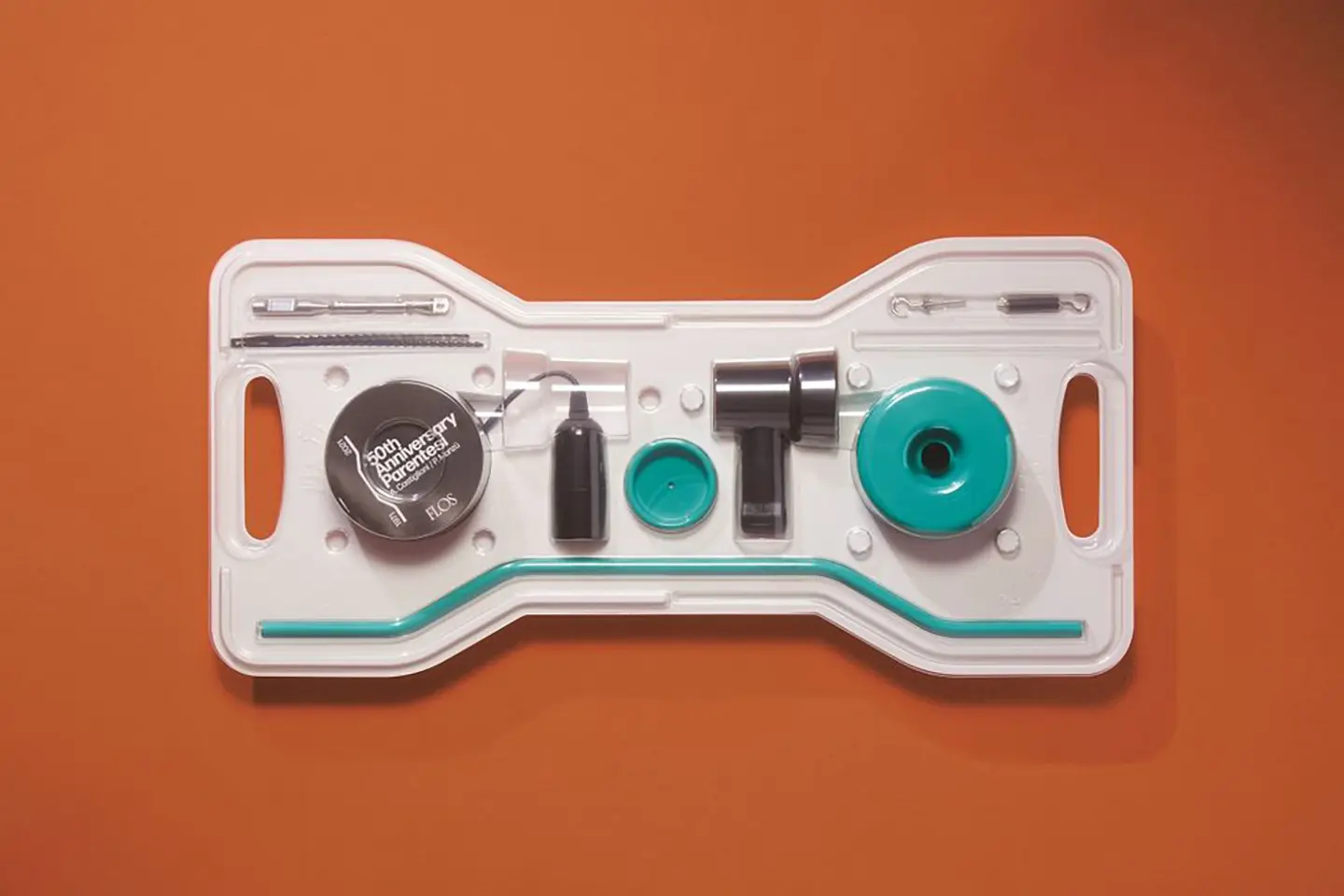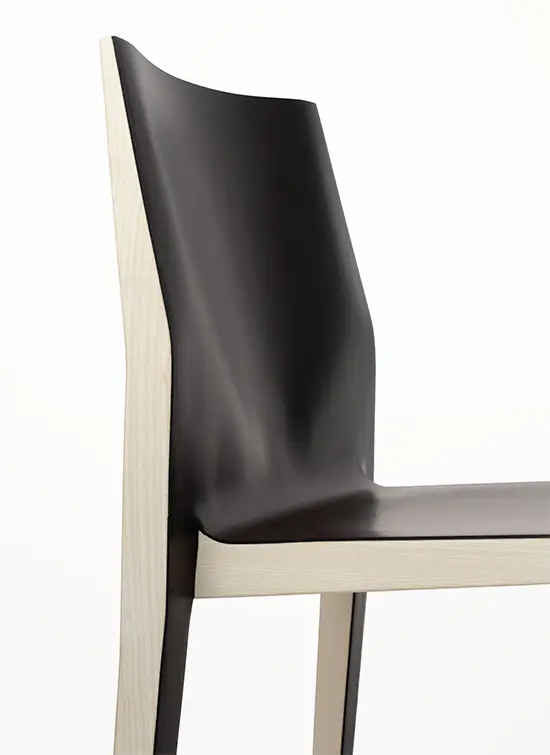From BIG to David Chipperfield, Frank Gehry to Snøhetta: a world tour of the best buildings set to open in 2026

Flock, Tacchini, ph Andrea Ferrari
From durability to disassembly, by way of product lifecycle planning. The latest strategies, the techniques being taken on board by the companies and the methods with which designers are tackling the issue of sustainability
The World Commission on Environment and Development (WCED) introduced the concept of sustainable development for the first time in its 1987 report Our Common Future, placing it firmly on the agenda alongside ecology-related issues and proposing the adoption of systemic practices that would consider the impact of both social and human activities. The need to produce sustainably – producing energy, objects, food, services and much more besides - has also permeated the design sector, with design and production slowly beginning to take account of the increasingly complex and stratified aspects at play in the different life stages of objects. Reduction, reuse and recycling, assembly, disassembly, the use of clean and renewable energies, cutting noxious emissions, material selection, the certification and dematerialisation of products/services have all become key actions of varying weight that often all come into play together in the product design system, in which not just manufacturing, but also innovation and technology play a fundamental role. What techniques and possible strategies are therefore involved in pursuing sustainability-focused objectives in design?

Aava 02, Arper, ph. Salva Lopez – prodotto certificato GECA, FSC®, Greenguard Gold, EPD
Design for durability
On one hand, prolonging the lifecycle of products is bound up with the solidity, the quality of materials and the technology used to create an object – so as to ensure that the product doesn’t need to be replaced too soon – on the other, it concerns the look of the object, designed so as to maintain formal quality and to do away with the concept of fashion products. Added to these aspects is the opportunity to design objects bearing the possibility of replacing or repairing parts in mind right from the outset, so as to avoid their having to be thrown away entirely in the event of a component becoming damaged, and being able to replace some parts in line with changing home aesthetics or changing tastes.
Design for disassembly
In continuity with design for durability, the principle of design for disassembly means that objects are designed so as to be easily disassembled, thus enabling broken or worn out components to be replaced or the various parts of an object, often made up of different materials, to be disposed of separately. Doing away with glue and adhesives in favour of interlocking systems, cutting down on the number of components and avoiding unnecessary superficial treatments are just some of the ways in which design can be carried out with an eye to disassembly.

Parentesi 50, Flos, ph. Alecio Ferrari
Design for the lifecycle of products and for recycling
This strategy of sustainable design relates to the raw and semi-processed material supply chain, along with the post-consumption possibilities offered by materials in terms of their reintroduction into the production cycle. It considers the design, production, assembly, distribution, use/consumption and disposal stages, also taking the strategies discussed above – durability and disassembly – into account, whilst still seeing the end of life of the object as part of the design process. It is a chain-based approach, leveraged in the world of recycled panels for example, produced by companies that absorb the waste from the wood-supply chain and recycle it to create panels that are then reintroduced into the production cycle.

Laleggera Hide Leather, Alias, ph Alberto Strada
Systemic approach
This type of approach is geared to company processes and impact measurements – not those of individual products – involving substantial and in-depth qualitative and quantitative analysis and actions that concern production as a whole, such as the use of renewable energies, the energy efficiency of processes, the elimination of pollutants, the optimisation of transport systems and the choice of interlocutors and suppliers capable of respecting the parameters fixed by each different company. In effect, this systemic approach actually also takes in the measuring of individual products, such as carbon footprint and water scarcity footprint, and certifications such as LCA and EPD.


 Sustainability
Sustainability








